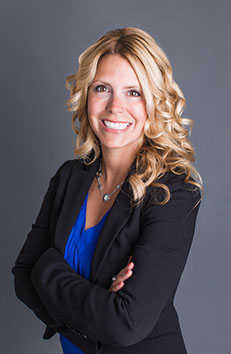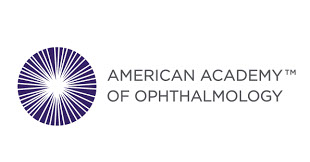THYROID EYE DISEASE
Thyroid eye disease is defined as an autoimmune disorder. Signs of thyroid eye disease can include a red eye, dry eye, eyelid retraction, protruding of the eye and double vision. Thyroid eye disease can be seen in those with Grave’s disease, hypothyroidism, Hashimoto’s disease and even those with a normal thyroid. Ten percent of those patients presenting with eyelid retraction and protruding of the eyeball will have a normal TSH level.
In most mild cases of thyroid eye disease, addressing the dry eyes is all that is required. This will include artificial tears, punctual plugs, or prescription dry eye drops. For pain or swelling, a short course of steroids is sometimes prescribed. Occasionally, radiation may be warranted. The swelling of the muscles may compress the optic nerve. This can permanently affect the vision. For these patients, orbital decompression surgery can be performed to prevent blindness. This is more commonly seen in those who smoke tobacco products. Some patients may notice double vision. This can either be treated with a prism in the glasses or a surgery on the muscle that moves the eye. Thyroid eye disease can also cause the upper eyelids to elevate. Occasionally, lid surgery is required for the dry eyes and for cosmetic purposes.
THE AGING FACE
Upper Eyelids: The skin on the upper eyelids is thin and loses elasticity as we age. This leads to excess skin and a tired appearance.
Lower Eyelids: The skin on the lower eyelids also stretches with time. The tensile strength of the eyelid decreases which results in a mild to moderate eyelid droop. Orbital fat protrudes which leads to a “puffy bag” on the lower eyelids. The volume around the eye also decreases leading to “hollowness” around the lower eyelids.
Eyebrows: With time, the soft fatty tissue beneath the eyebrows lessens. The fat in the temples also dissipates leading to a mild brow droop.
Midface: Loses volume and descends. Making the face look aged and tired. This creates lines around the mouth. A full midface creates a more youthful appearance.
Lips: Get thinner and lose volume as we age.
Nasolabial: The nasolabial lines is the line from the corner of your nose to the outer corner of the mouth. As we age, it becomes prominent because the midface droops and we lose volume.
Jawline: The jawline becomes less defined as we age.
SCHEDULE A VISIT
We are available Monday - Friday
9:00 am - 4:30 pm.
Hunt Valley Location
Severna Park Location
MEET DR. MACQUAID
Dr. MacQuaid is a Board Certified Ophthalmologist and Oculoplastic Surgeon. An Oculoplastic Surgeon is someone who specializes exclusively in reconstructive, revision and cosmetic surgery of the eyes and surrounding tissue. She completed her fellowship at the prestigious Wilmer Eye Institute at Johns Hopkins Hospital.
Dr. MacQuaid's services range from cosmetic surgery of the eyelids and eyebrows to the midface. Dr. MacQuaid is a renowned expert in reconstructive surgery of the eyelids, eyebrows, tear duct surgery, thyroid eye disease, and tumors. She has advanced training in non-surgical facial rejuvenation such as Botox®, Restylane®, Juvéderm®, Radiesse® and Laser Resurfacing. She offers the latest technology available to patients.
Dr. MacQuaid is currently a member of the American Academy of Ophthalmology and is a Fellow of the American College of Surgeons. Aside from Ophthalmology, Dr. MacQuaid is a former Division One college athlete. In her free time, she enjoys playing tennis and spending time with her husband Jerry and their two children.



Board Certified Ophthalmologist
and Oculoplastic Surgeon
9 Schilling Road Suite LL8
Hunt Valley, Maryland 21031
479 Jumpers Hole Road Suite 106
Severna Park, MD 21146
© 2023 MacQuaid Eye Institute
The material contained on this site is for informational purposes only and is not intended to be a substitute for professional medical advice, diagnosis, or treatment.
Always seek the advice of your physician or other qualified health care provider.
